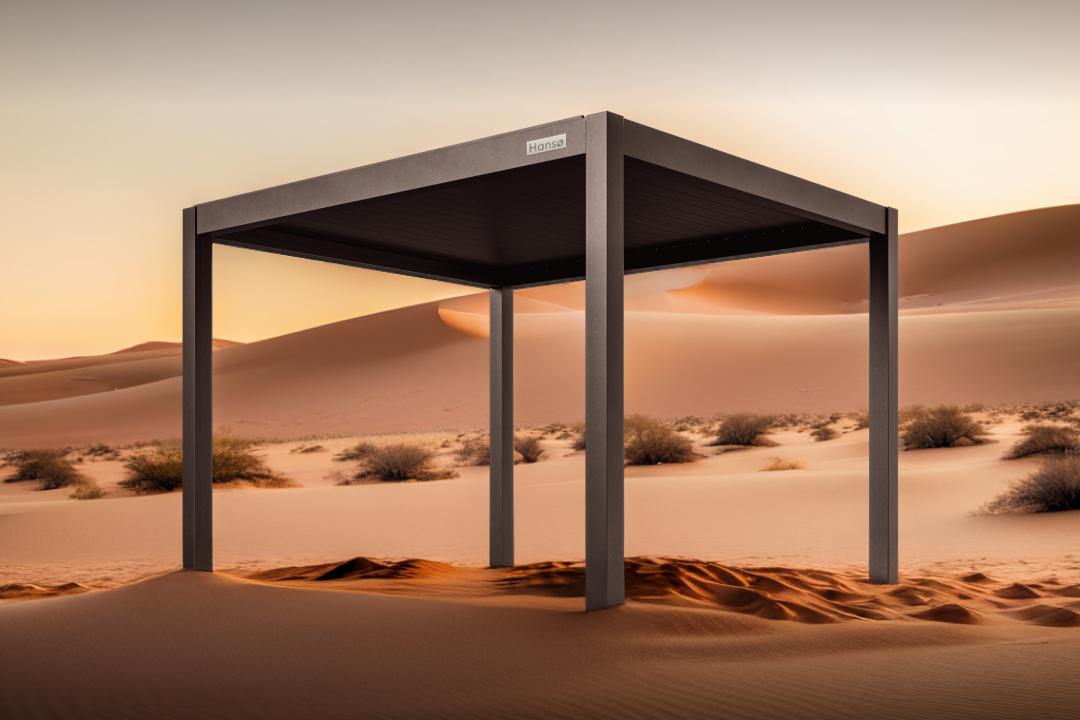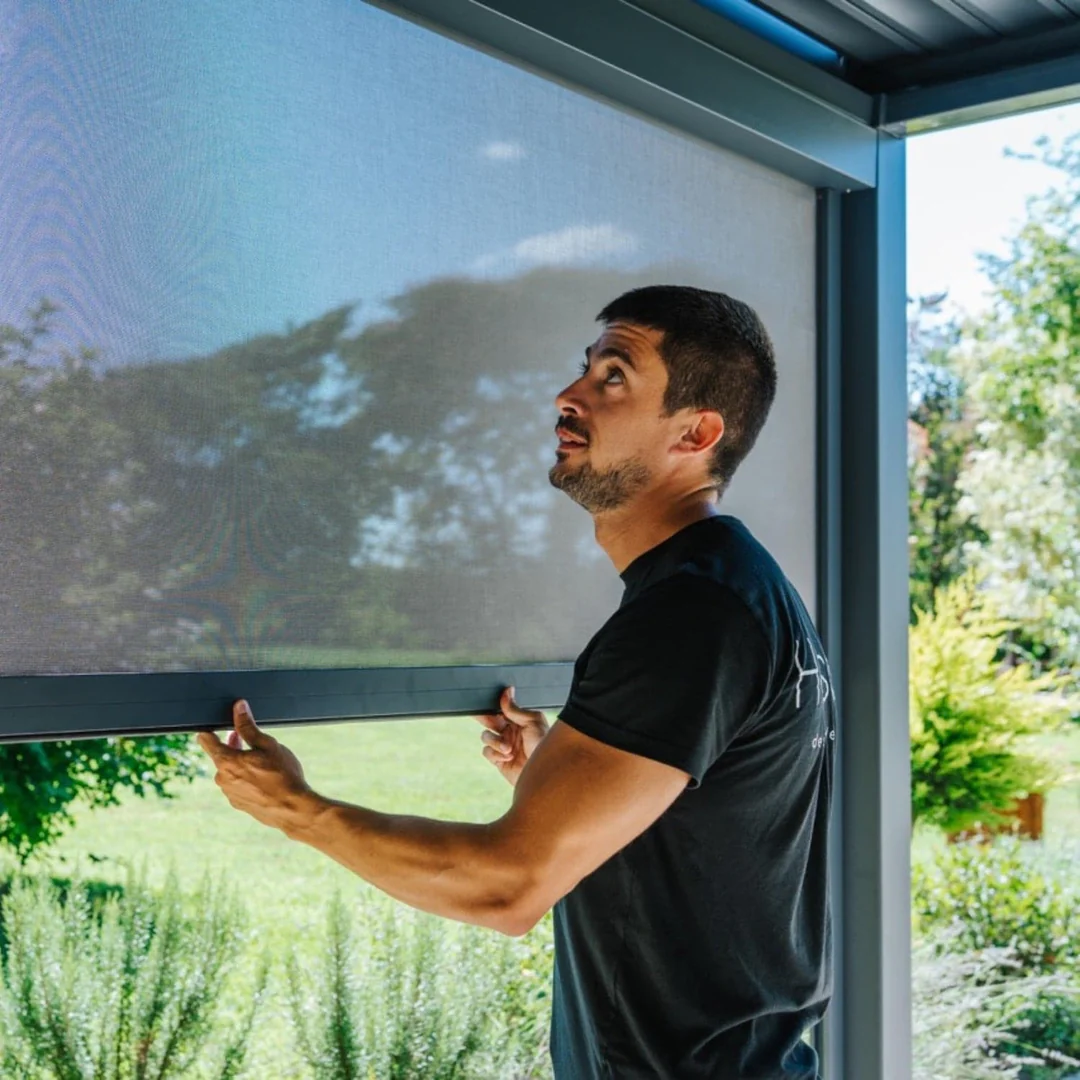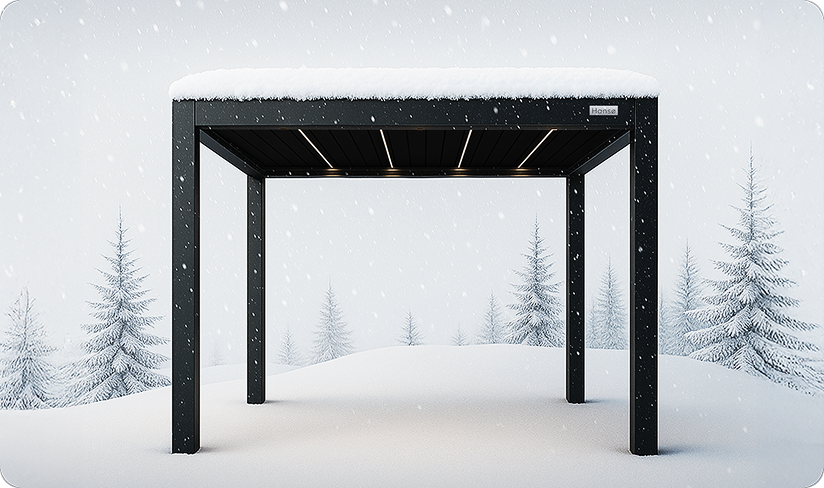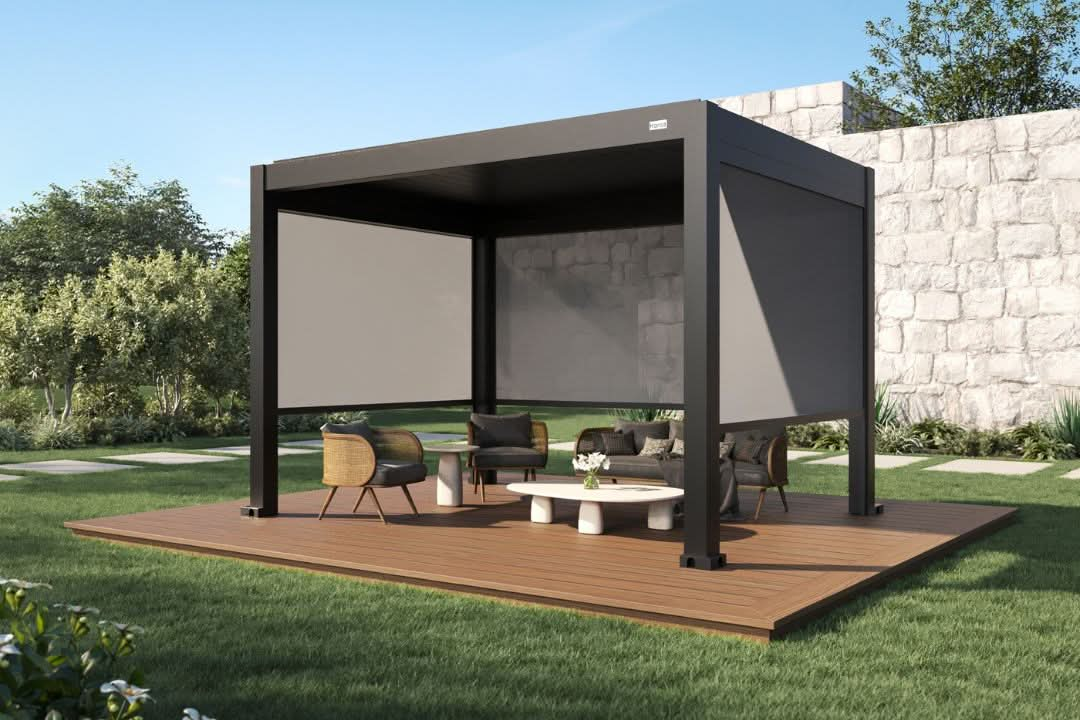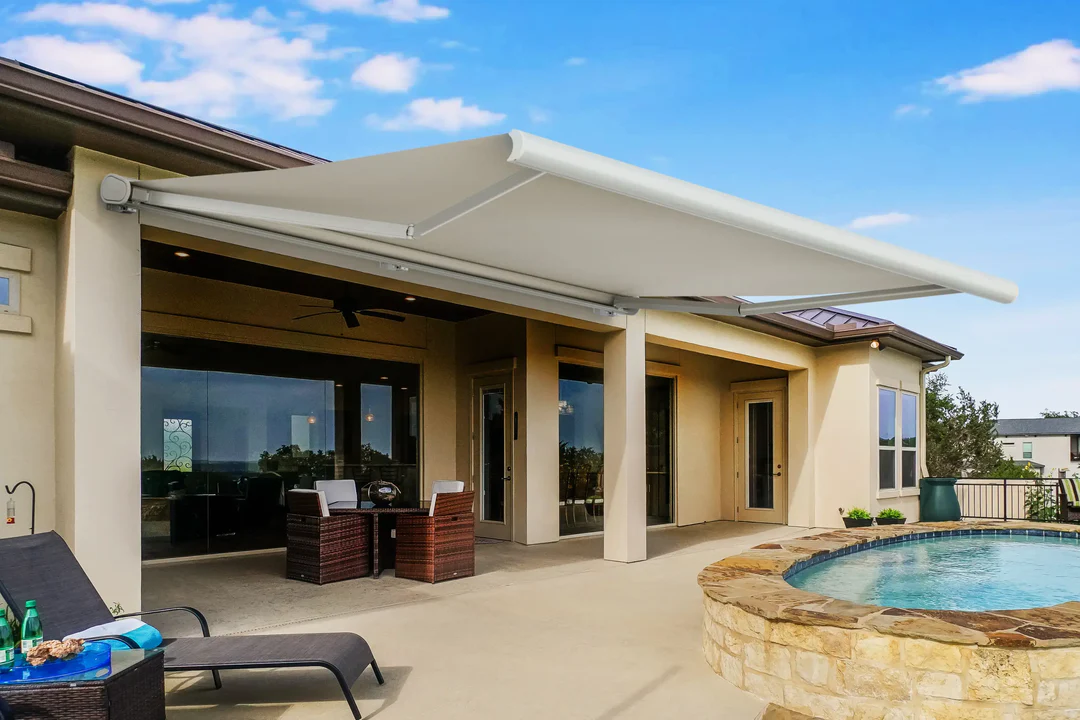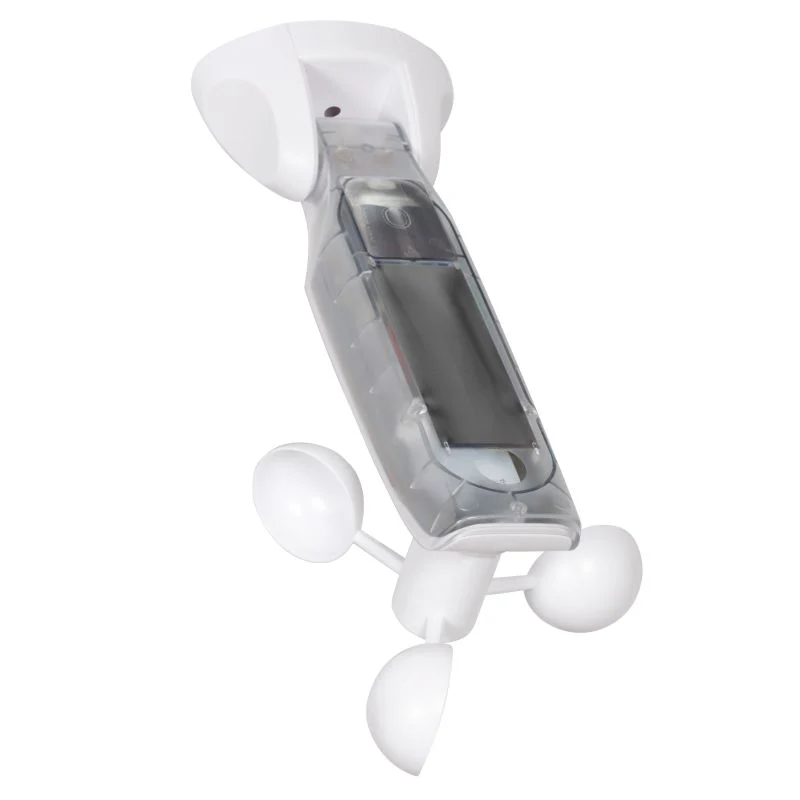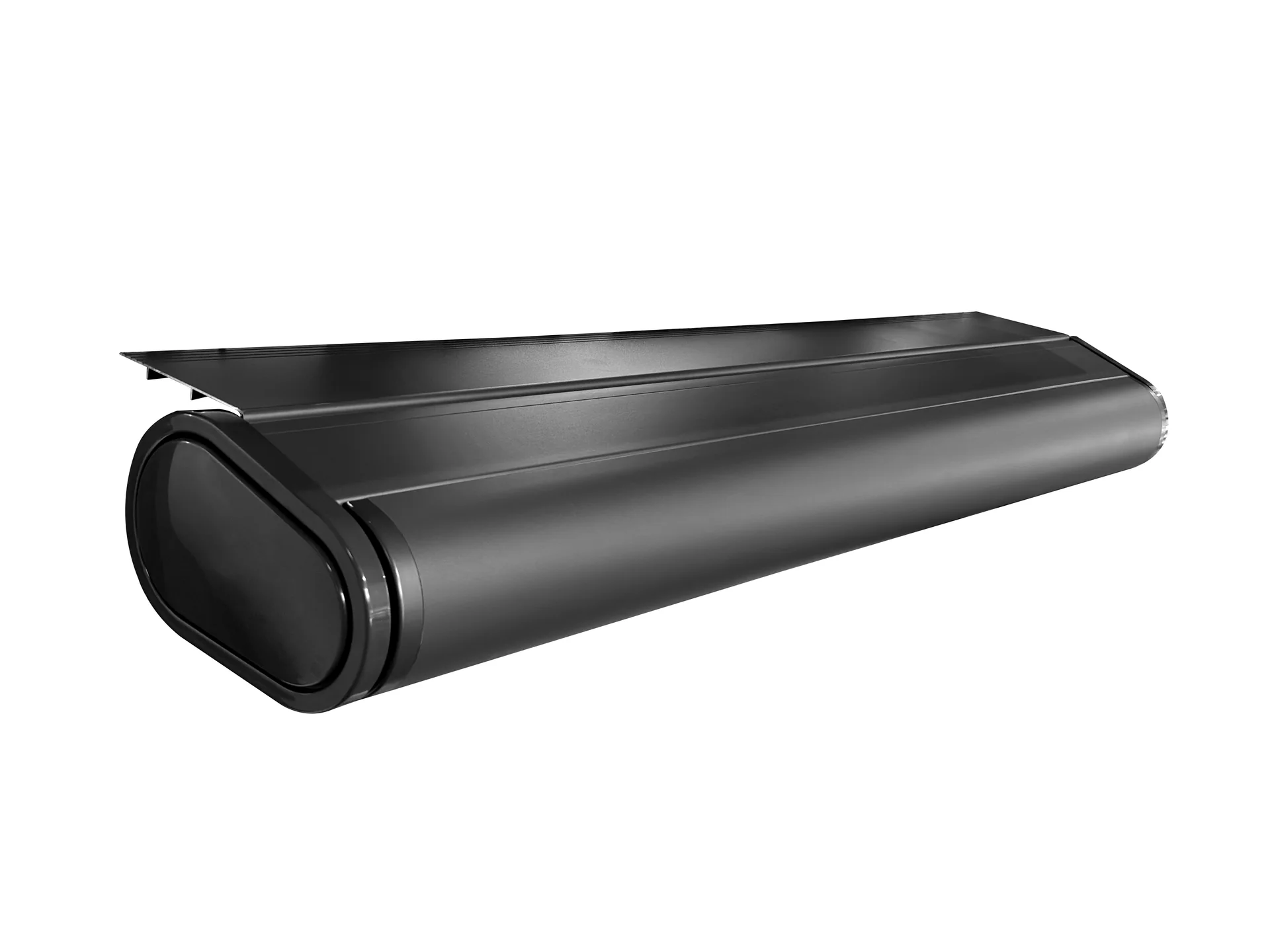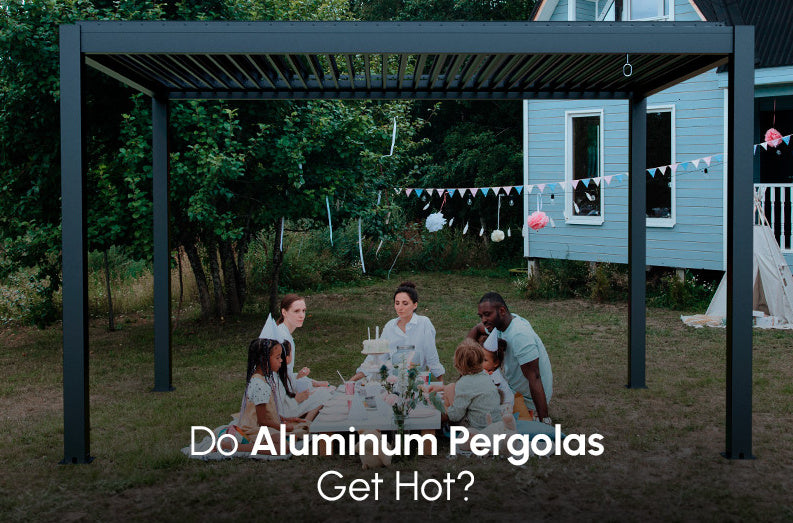The Best Pergola Shade Fabric: How To Choose?
Choosing the right shade fabric for your pergola cover is more than just a matter of aesthetics; it's about making your outdoor pergola space more comfortable than ever before.
When appropriately selected and installed, this fabric becomes a defining feature, offering excellent protection against elements like the sun’s UV rays and rain, while ensuring a cool, comfortable area to unwind.
With the myriad of options available, identifying the ideal material may seem overwhelming, yet it is important for those seeking to elevate the functionality and style of their pergolas.
We have shortlisted the best fabric for your pergola shade from many that are been offered in the market by considering carefully certain factors.
What is The Purpose of Pergola Shade Fabric

But before, it is important to know the intended and intended purpose of a pergola shade fabric.
1. Shielding Against Environmental Challenges
First and foremost, this shade fabric serves as a shield, protecting against environmental threats.
Every outdoor enthusiast understands the unpredictable nature of weather. One moment the sun blazes in all its glory, and the next, clouds gather for an unexpected shower.
Acting as your first line of defense, the fabric provides much-needed protection against harmful UV rays that can harm your skin or fade outdoor furniture.
A good shade cloth even can protect you from sudden light rain showers.
This is where the importance of it truly shines.
2. Adding to the Beauty of Your Outdoor Realm
Beyond just functional benefits, pergola shade fabrics play a pivotal role in beautifying your outdoor spaces.
With the right shade material, you can turn a plain patio or deck into a stylish retreat that shows off your taste and style.
Whether you opt for a contemporary, minimalistic look or a more traditional the fabric you choose can significantly influence the overall ambiance of your garden or backyard.
Factors to Consider When Choosing The Best Pergola Shade Fabric
Now, how does one sift through the options to pinpoint the perfect fit?
Navigating through the vast array of options to find the best pergola shade fabric can be a daunting task, but considering the following essential factors can streamline the process.
1. Material and Durability

When we talk about the backbone of the pergola shade fabric, the conversation undeniably begins with the material and its inherent durability.
Just as the foundation of a building determines its resilience, the material of the shade fabric dictates how long it will last and how well it will protect.
Here are a few materials for pergola cover that we have considered for you:
- Polyester
Polyester is a perennial favorite for pergolas, valued for its robustness and adaptability.
It offers excellent UV protection and is able to withstand wind and light rain, making it ideal for longer-lasting use in varied environments.
Polyester fabric maintains its appearance with minimal upkeep; a simple wipe-down is often enough to keep it looking fresh.
However, it can be pricier than other materials, so it's worth considering your budget.
- Polyethylene (HDPE)
Polyethylene fabrics are another sturdy option.
What makes them stand out is their ability to reflect sunlight while allowing air to circulate, ensuring a cool shade underneath.
It's very good at resisting water and mold, which makes it a great choice for places where it rains a lot.
- Canvas
Canvas, a traditional material for outdoor uses, has evolved to meet contemporary needs.
Modern canvas has been treated to fight UV rays, wind, and light rain. This combines the long-standing trust in canvas with the needs of today.
- Sunbrella Fabric
This is an extremely long-lasting fabric that is resistant to fading, making it an excellent choice for usage outside.
It provides a high level of UV protection and is very simple to maintain, making it an ideal material for shades.
Because it is available in such a wide range of hues and patterns, Sunbrella fabric lends itself well to individualization.
--
Another fabric options you could consider are: Vinyl, Copper or Mesh.
2. Waterproofing

Outdoor living spaces are synonymous with unpredictability, as mentioned.
A sunny day can quickly turn into a rainy evening, which is why protecting your shade fabric is so important.
Since pergolas are classic outdoor structures, it's important to make sure that the fabric cloth can handle sudden rain showers.
No one fancies the idea of retreating indoors because their shade fabric turned into a sponge, soaking up every drop of rain.
Moreover, fabrics that retain moisture can become breeding grounds for mold and mildew, which compromise the material's integrity and can be detrimental to health.
3. Aesthetic Appeal and Style

The material durability and waterproofing concerns of choosing a pergola shade fabric are undeniably essential.
Still, it's equally crucial to recognize that your pergola stands as a statement piece, a reflection of your taste and style.
Its shade fabric should do more than just serve a protective purpose; it should also amplify the beauty of your backyard or garden.
Whether it's a garden filled with blooming flowers or a lively entertainment area, the shade fabric must resonate with the overall ambiance.
You must consider the following cosmetic features when choosing a fabric for your pergola, gazebo or any other outdoor structure.
a) Color Choices
A well-chosen color can either be a subtle backdrop or a standout feature.
Soft neutrals might blend in and make the room feel calm, while brighter colors can add life and energy to the area.
b) Patterns and Textures
Patterns, whether geometric, floral, or abstract, introduce an added layer of visual interest. Similarly, layered fabrics can add a richness to the way you feel, making your outdoor sanctuary more appealing to all of your senses.
c) Material Finish
The finish, whether matte, glossy, or somewhere in between, plays a significant role in how light interacts with the fabric, creating nuances in appearance throughout the day.
4. Ease of Maintenance and Cleaning

When it comes to outdoor materials, you should also know that they are always vulnerable to the elements, such as tree litter, pollen, airborne particles, and bird droppings.
These components may have a subtle but substantial effect on the textile's structural integrity and visual appeal in that order.
You need to ensure the following things before you consider a fabric for your pergola.
- Stain Resistance
Some fabrics come with a stain-resistant finish. This ensures that accidental spills, tree sap, or bird droppings can be wiped away with ease, preserving the fabric's appearance.
- Mold and Mildew Resistance
Fabrics that can withstand wet conditions and prevent the formation of mold and mildew are a sensible choice.
These fungus not only detract from the fabric's aesthetic value, but they also pose a threat to its structural integrity if left unchecked.
- Washability
While some fabrics are spot-clean only, others are machine washable. Being able to remove the fabric and give it a thorough clean once in a while can be a valuable feature, especially in regions with high pollution or pollen levels.
- Non-Fading Colors
Direct exposure to sunlight can lead to fabrics losing their vibrancy over time. Fabrics that are UV-resistant or have been treated to retain their color can maintain a fresh and vibrant look for years.
Our Pergola Shade Fabric Recommendation

In fact, when considering all of the materials available for shade fabric on the factors that we have mentioned above, High-Density Polyethylene Shade Cloth emerges as a popular choice.
However, an intriguing alternative is a blend of Polyester with PVC, akin to the Hanso Home pergola sun shades.
This combination offers enhanced quality and resilience.
Let's outline the merits of the recommended material for pergola shading:
- Due of its resilience, polyethylene can withstand various environmental conditions. It reflects up to 90% of sunlight, maximizing airflow, UV protection, and outdoor comfort. This material resists stains and moisture, decreasing mold and mildew concerns and making it easier to maintain.
- On the other hand, the Polyester-PVC blend is an appealing option. PVC's strength and weather resistance are combined with Polyester's lightweight and flexibility creating a durable and attractive material. This combination gives pergolas a unique and modern look. It offers a balance of protection, style, and maintenance ease. This makes it a top choice for outdoor buildings that need a unique but effective cloth.
Tip:
If you are not a fan of polyethylene - you could try Sunbrella Fabric as alternative.
Based on stain, mold, mildew resistance, washability and non-fading colors - Sunbrella is a great alternative to Polyethylene and Polyester fabric.
How Do You Add Shade Cloth to an Existing Pergola?

If you want to add a shade cloth to your existing pergola, it is a straightforward process that can be accomplished even by those who aren't particularly handy.
Here's a step-by-step guide to get you started:
Assess and Measure
Begin by assessing your pergola's structure.
- How is it constructed?
- What are the dimensions?
Accurate measurements will ensure you purchase the right amount of shade cloth and avoid unnecessary wastage. But ensure it is slightly larger than Pergola's dimensions.
Choose Your Shade Cloth
Based on the factors discussed earlier, select a shade cloth that aligns with your needs.
Whether it's the polyethylene fabric we highly recommend or another material, remember to consider durability, UV protection, and aesthetic appeal.
Preparing the Fabric Cloth
Once you have the cloth, lay it out flat.
Depending on its size and your pergola's design, you might need to cut for sections or place entirely.
Ensure that the cloth's size is slightly larger than the pergola's dimensions, allowing for overlap and secure fastening.
Attaching the Cloth
Start at one corner of the pergola. Using durable ties or screws, attach the cloth, ensuring it's taut but not overly stretched.
Continue this process across the pergola, ensuring even spacing between your attachment points for a neat appearance.
Regular Maintenance
To prolong the life of your shade cloth, check the attachment points periodically. Tighten any loose spots and replace ties or screws as needed.
Also, remember to clean your shade cloth as discussed in the previous sections to ensure longevity and maintain its aesthetic appeal.
What Can I Use Instead of Shade Cloth? (Potential Alternatives)
While shade cloths are a popular choice for many, they aren't the only option out there for those seeking to optimize their outdoor spaces. A noteworthy alternative to consider is the Adjustable Louvered Aluminum Pergola.
Not only does it bring a modern touch to any backyard or garden, but its features are hard to overlook.
With its movable louvers, this type of pergola gives you dynamic shading, so you can choose how much sunlight comes through and keep you dry in the rain.
Also, because aluminum as metal is sturdy and strong, it can stand up to wind and heavy snow loads.
What's more, for those wary of complicated installations, these pergolas come as a relief. They are available in kits, comprising ready-to-fit parts, making the assembly process straightforward and hassle-free.
So, if you're looking to deviate from the conventional shade cloth, pergola with a louvered roof might just be the refreshing change your outdoor space needs - especially for the price.
All in All
As we come to a close, remember, that choosing the best fabric for your pergola shade can enhance your outdoor living experience and ensure the longevity and beauty of your pergola.
From assessing materials for their durability and protection to exploring water-resistant features and aesthetic appeal, each factor plays a crucial role in your decision.
Not to forget, alternatives like the Aluminum Louvered Pergola offer innovative solutions for those seeking something different.
Ultimately, considering your specific needs and preferences will guide you to a choice that brings comfort, style, and functionality to your outdoor space, allowing you to relish every moment under your pergola shade.

